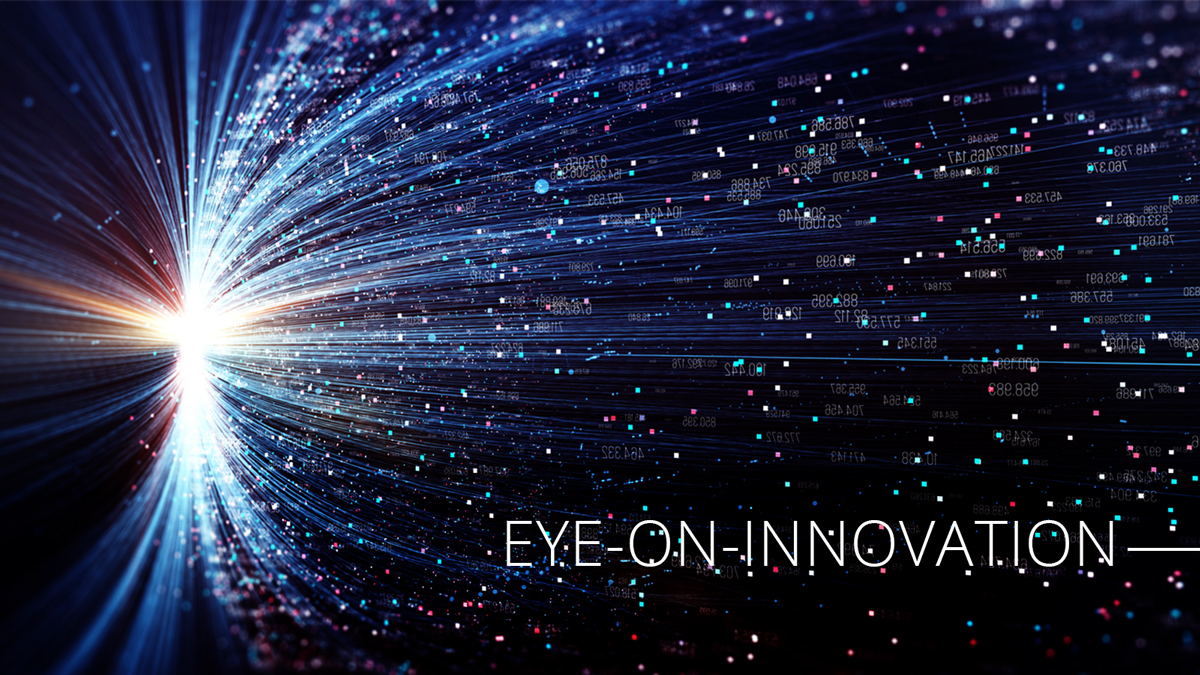From Pokemon Go! to the clinic – could augmented reality revolutionise healthcare?

A couple of years ago Pokemon Go! revolutionised mobile gaming with innovative use of augmented reality (AR). We are now seeing tech companies making an impact in the healthcare world with augmented reality and this is helping companies in this sector further engage with doctors and patients. Richard Staines spoke with one of the co-founders of start-up tech firm 3JVU, Charanjit Jutley to find out more.
Anyone with a smartphone or tablet will remember the Pokemon Go! craze that began more than two years ago, as people of all ages stopped in the street to catch virtual animals that appeared before them in real time. The craze has now subsided apart from among a few hardcore fans – but its impact elsewhere could be more lasting.
Pokemon Go! was one of the first mainstream uses for augmented reality, or AR, where digital information is superimposed over the top of a real-world readout. In the case of the game, the digital information was the fictional Pokemon beasts that hovered above a backdrop created by the device’s camera – but the idea is catching on in areas such as healthcare and finance as a way to immerse customers within the data as well as enabling a larger volume of data to be visualised.
A similar technology, virtual reality (VR), is based around the use of headsets and other devices that allow the wearer to become immersed in a fictional digital world.
Charanjit Jutley said AR and VR technology is finding a range of uses in healthcare – doctors are using it to be trained in surgical procedures without making even a single incision, and nurses can use it to rehearse technically demanding tasks such as administering chemotherapy and being trained in other areas of patient management. All these applications have tremendous benefits to all stakeholders including financial, emotional and clinical benefits.
“HCP’s are able to ensure they are fully comfortable with the administration of a procedure before undertaking the task on patients,” said Jutley.
There are other uses though – Jutley said that augmented reality in particular is changing the way that companies can communicate with their customers, and pharma companies can engage with HCP’s.
While the uses for doctors are obvious, virtual and augmented reality also allow patients to escape from the painful and sometimes unpleasant therapies that they are undergoing. One example has been the recent use of virtual reality for children when being given injections. By transporting patients into ‘a fun world’, they are oblivious to the needle penetrating the skin as well as being immersed in an entertaining and engaging environment.
“For those patients going through difficult times and unable to cope with the way things are in the real world, VR allows them to delve into an escapism approach where they are transported into a positive environment,” said Jutley.
Data visualisation
There are other uses of the technology in health, allowing service providers to interact with customers. Jutley proposes that pharma companies could use VR and AR to interact through a more immersive manner with doctors instead of using conventional sales techniques.
Through immersive augmented reality doctors could gain a better understanding of a patient’s condition and demonstrate the benefits of a particular medicine.
“If we look at the way communications take place between the sales rep and the HCP, it is generally direct with an iPad in a two-dimensional environment where a detail aid is being discussed. There will be plenty of information about the product’s safety and efficacy profile along with clinical trial data. However, it is difficult to understand how a particular treatment will truly benefit a patient from both an emotional and clinical perspective.
“With text only accompanied by a 2d image you can’t get a true feel for the emotional impact of the condition. However, showing patient profiles in augmented reality allows the physician to see the patient as if they were in their surgery or clinic. You have a lasting impression of the true burden of a condition and they are more likely to remember the type of patient a brand can be used for.”
“When the sales rep leaves a clinic the patient type most suited to the brand is going to be quite fixed in the mind of the customer,” said Jutley.
AR integrates well with any multichannel communication strategy that pharma companies may be using to interact with doctors.
“It is not a brand-new channel, it’s a new way of showing data and information through whichever channel resonates most effectively with different HCP segments, whether that be through a detail aid, at a conference or even through a symposium. You will still be interacting in the same way, albeit in a much more collaborative manner.”
Used as part of a multichannel strategy, AR really creates the impression of a company that is using the latest technology to improve healthcare, said Jutley.
“We work with customers and find out how they can differentiate from the competition. We take ideas from other industries and apply them to healthcare, but it has to be in partnership with clients.”
Financial service firms have been early adopters of the technology and have used AR and VR to breathe new life into potentially dry interactions with clients and business partners. AR in particular provides a way to share data and information that is immersive and stimulating, argued Jutley.
It’s only a matter of time before pharma starts to follow the example of banks such as ABN AMRO and BNP Paribas and adopt the technology and use it on a regular basis.
Janssen has developed a VR-based oncology nurse training module, which helps them to understand the condition multiple myeloma – but according to Jutley this is just the tip of the iceberg.
There is much more to come and soon the technology will break into the mainstream and become used on a regular basis, in a range of situations, according to Jutley.
He explained: “What we are seeing are pharma companies dipping their toes in the waters, no-one has developed a full-blown product. We have seen a few examples – for example, Janssen where they developed the oncology nurse training module. It almost feels like companies are waiting to see what others are doing before they take that leap of faith.”
Technological barriers are coming down, with powerful PCs capable of handling VR readily available, and the price of headsets also becoming affordable to the average joe, never mind large companies with mighty budgets. In addition, the number of VR ready mobile devices is also increasing, e.g. Oculus Go, HTC Vive Focus as well as the mobile enabled Samsung Gear VR. Users can now immerse themselves into the world of VR at a much lower cost than before and AR is readily available to anyone with a smartphone or tablet.
Although the idea of AR and VR requires a degree of lateral thinking from clients, once they have tried them out, they are usually keen to begin projects based around the technology.
Jutley said: “Once you truly understand what 3D immersive technologies can achieve and experience it in a relevant setting, it changes your way of thinking. There is no limitation to what can be done, other than your imagination.”
About 3JVU
3JVU is a start-up firm focused on the use of immersive technologies to enable companies to visualise data in an innovative way. With extensive experience in the finance and healthcare sectors, the co–founders believe that the use of AR & VR can transform the way in which information is viewed and consumed. For more information about 3JVU, please visit www.3JVU.IO












